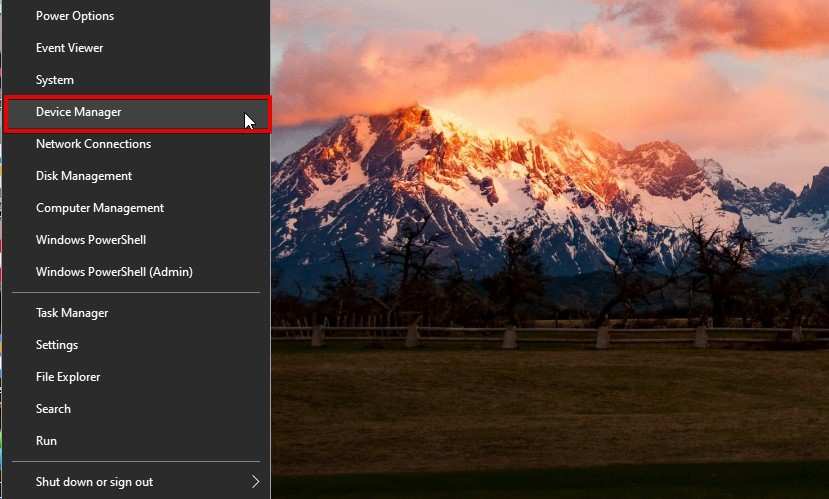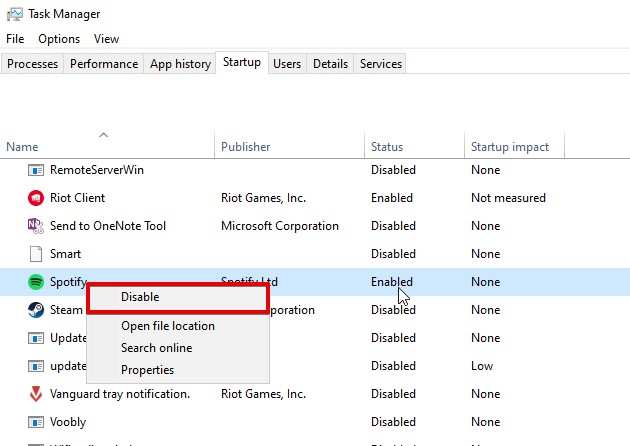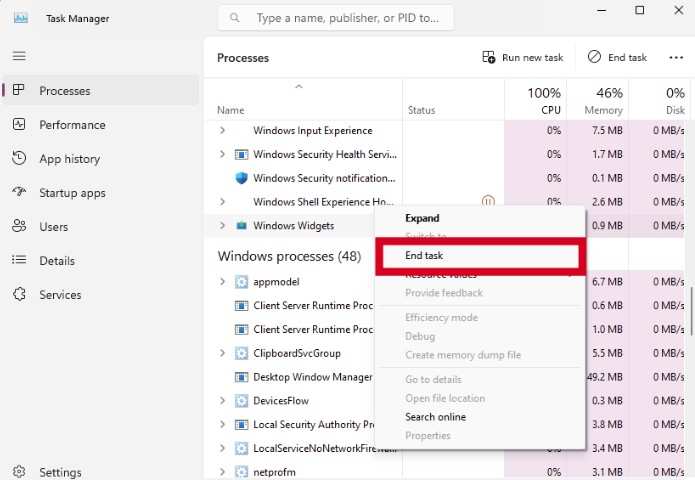Windows 11 comes with an exciting design with an overhaul along with several under-the-hood changes. However, not everything is sailing smoothly with the latest Windows operating system. Background process is a major concern that is negatively affecting the user experience. Effective management of background processes is necessary to guarantee peak performance. We’ll look at nine practical methods in this guide to help you minimize background processes in Windows 11, which will improve the speed and functionality of your computer.
Contents
Restart Your PC

Restarting your computer is the easiest and most often forgotten way to cut down on background processes. Continuous use over time may result in the build-up of pointless procedures. Your computer can cool down and stop unwanted background processes by restarting it. Patience is essential for first-time PC users because Windows might be indexing files and carrying out other operations to maximize performance.
Remove Tabs
Web browsers are a major source of background processes, particularly when multiple tabs are open. Every tab starts a new process that uses resources. Try closing tabs that aren’t needed or using browser extensions that suspend tabs that aren’t being used to help with this by using less memory. You can improve your browsing experience by prioritizing which tabs to close by keeping an eye on memory usage in real time.
Uninstall Apps
An overabundance of background processes on your Windows PC may result from installing too many apps. Apps frequently run background services even when they are closed, using resources. Make use of uninstaller programs to completely delete pointless applications, and stop related background processes.
Disable Ads in Windows
Ads and telemetry data collection help power Windows background processes. It is possible to cut down on pointless processes by turning off notifications, lock screens, and Start menu advertisements. A cleaner and more effective system is ensured by following a comprehensive guide on turning off advertisements in Windows.
Remove Apps From The System Tray
Certain applications consume memory and resources even when they are not in use because they run continuously in the background. One way to reduce background processes is to manually close such applications from the system tray. For programs that aren’t in use right now, like file-sharing or chat programs, just right-click on the tray icon and select “Exit”.
Disable the Xbox Game Bar
Microsoft’s Xbox Game Bar is a game box manager that always runs in the background. Disabling this feature can free up system resources if you’re not a gamer. To improve the performance of your PC, toggle off the Xbox Game Bar by using the shortcut Windows + G.
Disable touchscreen and Screen Gestures
Using a touch screen display on Windows can take a toll on its performance if the display is of older quality. You have to be picky about when to enable the touchscreen or disable it.
- Right-click on the start menu and choose the “Device Manager” option.

- Going to the Start Menu by doing a right-click will be your first move.
- Select Device Manager and go to the list of devices.
- Enter the “Human Interface Devices” which will be present in the list.
- All the options under the interface device option will show up. One of them will be an “HID-compliant touchscreen”.
- Disable the device with a right-click.
- To confirm the process, click on “OK” and the touch screen will no longer work.
Change Personalization Settings
System performance may be impacted by the personalization options in Windows 11, especially because the Windows Desktop Manager service is always running and controls visual effects like transparency and dynamic themes. While it is not possible to completely disable this service, users can optimize their systems by changing certain visual settings. Here’s a detailed how-to:
- Configure Access Settings: Use the Windows key+I shortcut to open Settings.
- Go to Accessibility: Locate and select the Accessibility tab on the left side of the screen within Settings.
- Visual Effects Access: Once you’re on the Accessibility tab, locate and select the Visual Effects option.
- Disable Animation Effects and Transparency: Locate the Transparency Effects and Animation Effects under the Visual Effects menu.
- Toggle these features off by flipping the switch to the right.

Change Startup Apps From the Task Manager
Optimizing boot times and system performance requires turning off unused startup apps.
- Open the Task Manager, go to the Startup Apps section,
- Close any open applications.

- After making modifications, restart your computer to enjoy quicker startup times and enhanced system functionality.
You can also remove running apps in the background through the Task Manager.

Conclusion
No matter how intense your background process may be, you can now easily resolve them. The methods given above are all tried and worked for many people including us. So it will definitely work for you too.



